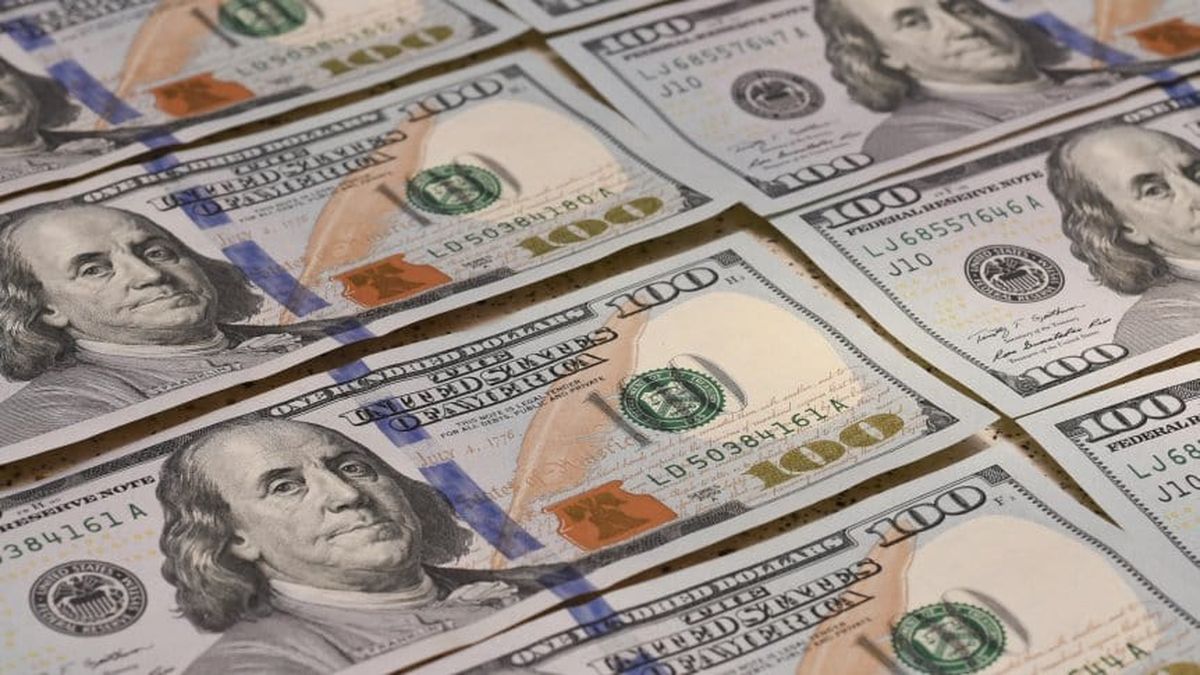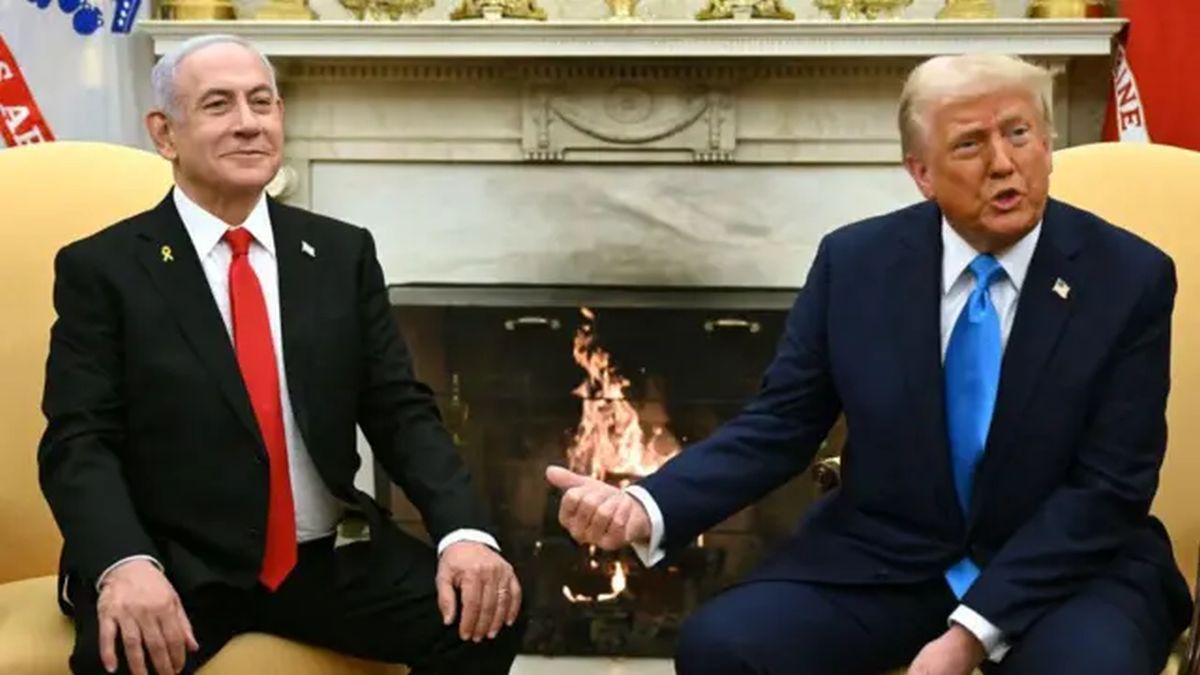For its part, the MEP fell 0.2% to $ 195.52, which leaves a gap with the wholesaler of 92.5%, the lowest since November 15.
Investors await news about the meetings in Washington between representatives of the International Monetary Fund (IMF) and officials from the Ministry of Economy and the BCRA.
President Alberto Fernandez said Wednesday that the government is negotiating “to reach an agreement” because the country does not want to “leave the world or violate our obligations.” “Our claim is not not pay,” he said.
Analysts believe that the possibilities of an understanding grow despite the differences between the parties on how to reduce the fiscal deficit.
It should be remembered that in 2020 the Argentine State has obligations with the multilateral credit organization for almost US $ 20,000 million, for which a virtuous agreement could alleviate the pressure on reserves and, therefore, on the different exchange rates.
In this framework, the market monitors the evolution of the official dollar, which seems to be adjusting little by little to the rate of monthly inflation, after last week the president of the BCRA, Miguel Pesce, said that the entity planned to accelerate the “crawling peg “when the inflationary process allows it.
The consulting firms and financial entities that participated in the latest Market Expectations Survey (REM) carried out by the monetary authority projected an average monthly increase of 4% for the exchange rate, between December and May.
The private sector expects the currency “correct” what next year will not “corrected” this year. In this regard, it estimates the rise in 2022 will be 55.3% (to settle at $ 161), when in October expected to rise 51.3%. For the same period, inflation is projected 52.1%.
The blue dollar registered the largest daily decline in a month, increasingly far from $ 200, according to a survey by Ambito in the Black Market of Foreign Currency.
Conditioned by a higher demand for pesos, something common at this time of year, but also by the expectation of an agreement between Argentina and the IMF for the debt, the parallel dollar fell by $ 2 and closed at $ 196. Therefore, the gap with the official exchange rate was 92.9%, the lowest since October.
Official dollar
The official wholesale dollar rose 12 cents this Thursday to settle at $ 101.54. So far this week it shows a rise of 38 cents (0.4%), which represents the highest growth rate since the end of April.
“The rise in dollar prices averaging the first half of the month is in the order of 1.82%, above the 1.24% achieved last October. The announcements by the president of the Central Bank anticipating a slight The acceleration in the pace of adjustment is being confirmed in reality, with increases that move away from the moderate corrections imposed until last month, “said Gustavo Quintana, from PR Corredores de Cambio.
The insufficient supply once again required official assistance, with a daily net sale of US $ 90 million, which brought the red for the week to US $ 130 million. So far in December, there has been a loss of approximately US $ 330 million. Even so, in the accumulated of 2021 the Central shows a positive result of almost US $ 5.3 billion.
“The improvement in the exchange rate correction, accelerating its rate of adjustment, can stimulate the demand for foreign currency and simultaneously cause a slight drop in genuine supply, a factor that is not functional for the official strategy of recovering reserves in the last month of the year, “Quintana said.
In this context, the Government launched new incentives on the day due to the lack of dollars, by formalizing a modification to the Investment Promotion Regime for Exports established in April, adding new benefits to investments in excess of US $ 500 million.
In line with the sales of the Central, the Gross International Reserves fell about US $ 89 million in this round, to US $ 41,160 million.
During the year, deposits in dollars fell close to US $ 750 million, of which more than 70% left in the last week as a result of the false rumors of the corralito. After the turbulence, unfounded and which also did not affect the balance sheet of the banks, the outflow of deposits seems to have calmed down.
In the framework of these false news and growing expectations of devaluation, the coffers of the monetary authority have fallen more than US $ 1.9 billion since the end of October.
Finally, this Thursday, the savings dollar or solidarity dollar – the retailer that includes 30% of the COUNTRY tax, and a 35% on account of the Income Tax – increased 63 cents to $ 176.98.
Source From: Ambito
David William is a talented author who has made a name for himself in the world of writing. He is a professional author who writes on a wide range of topics, from general interest to opinion news. David is currently working as a writer at 24 hours worlds where he brings his unique perspective and in-depth research to his articles, making them both informative and engaging.




